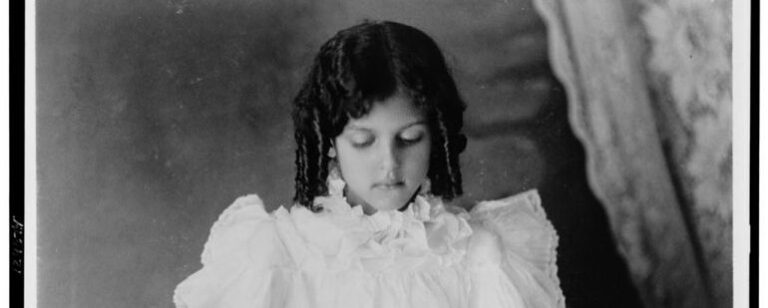The Best Short Story I Read in a Lit Mag This Week: “The Ritualist” by Anne-Marie Kinney
A few weeks back I wrote a column about “Optimism” by Angie Kim. In her story, the main character suffers a recent traumatic event, and in her grief, produces a ritual around it. Anne-Marie Kinney’s wonderful story “The Ritualist” (Alaska Quarterly Review, Fall/Winter 2014) explores the nature of rituals through a character whose entire life has been framed by them.
We quickly discover that the protagonist, an older woman who works at a diner, sees the world in terms of time. On the first page she spills soda on the carpet and notices, “a bleached out, thinned down rectangle where countless other waitresses had been standing in their black, rubber soled waitress shoes, filling glasses at that same fountain for eons.” This small epiphany would seem primed for a realization that she needs a change lest she end up there forever, in a rut. But instead the narrator “settled for a clutch of paper napkins and mopped up the mess.”
This idea of settling-as-ritual is developed further as we discover that she cares for her abusive ex-husband Harv who’s helpless due to dementia or Alzheimer’s. We find out that when they were married, “she barely survived sharing a whole house with him.” Yet she visits him often, cares for him, even brings pies for the staff. Her daughter Gina doesn’t get it, asking “Why even bother?”
Gina invites her mother to move out to Chicago to live near her; when our narrator declines, Gina asks, “Is that how low the bar has gotten?” But the decision isn’t about a suitable companionship, nor is it mere sympathy for her ex-husband’s condition. It’s about preserving the ritual.
These realizations about how the protagonist’s rituals have shaped and continue to shape her life don’t occur to the character, only to the reader. The decision to write the story in first person and have the narrator stay unaware of her rituals—in essence, to employ an unreliable narrator—is what gives the story such emotional depth. By the end, we’re rooting for her to overcome her blindness, to have an epiphany, to break out of this rut. Essentially, we’d like her to become a more reliable narrator by becoming less reliable in her life.
And it seems as though that may happen in the brilliant final scene when her co-worker Sonya makes her late for work by doing her makeup. The narrator resists:
“Don’t we have to get out there? What time is it?”
“Hang on,” she said. “I need to do your lips.”
The narrator stays with Sonya, and when the makeup is finished, looks in the mirror and admits to the reader, “I felt perfectly sealed then, behind an illusion locked in place,” and then, further, “Maybe I’ll be here fourteen years. Maybe longer. And when Wednesday comes, there’s always a chance I’ll let it go by.” But the reader knows Wednesday will provide much of the same it always has; the makeup, instead of breaking the protagonist out of her ritual, has instead only served to create another one. And we can only assume that the protagonist will continue her ritual reliability, which is in a way tragic, as it is the source of her narrative unreliability as well.


